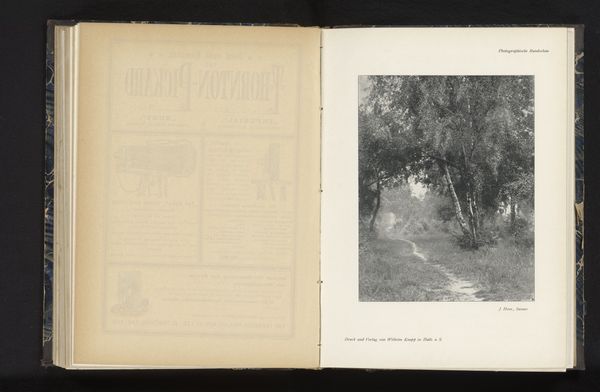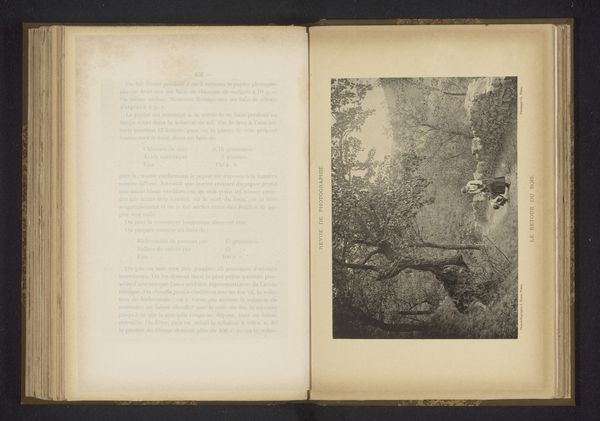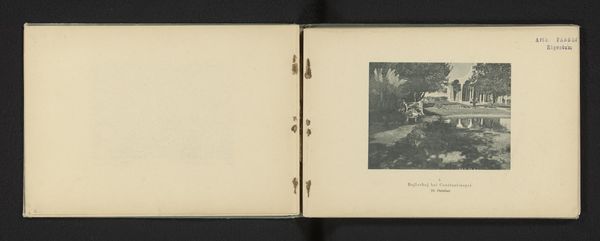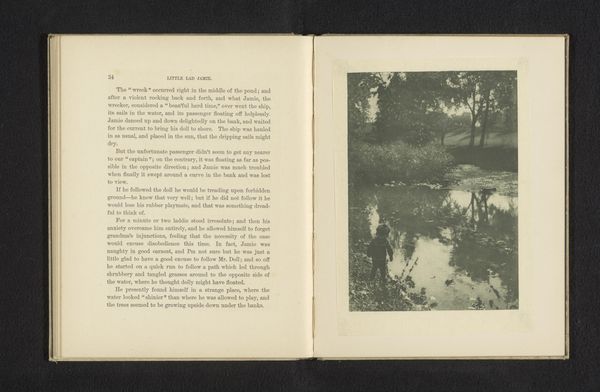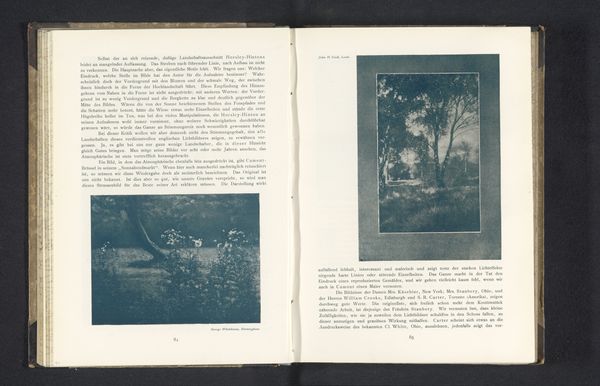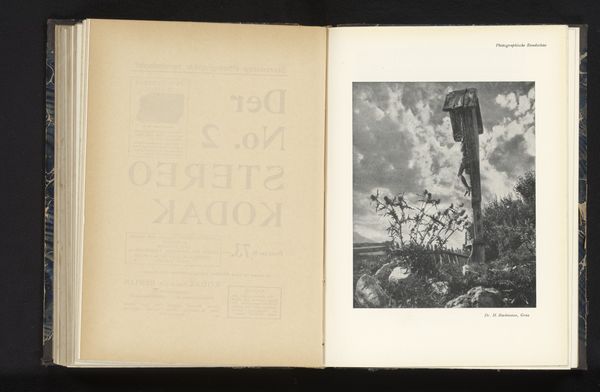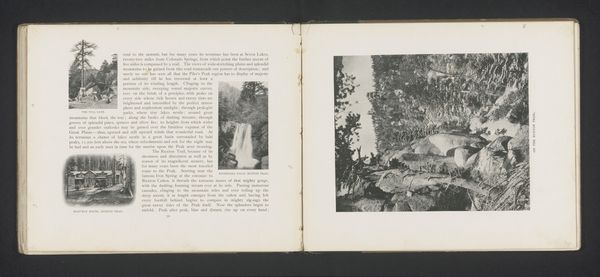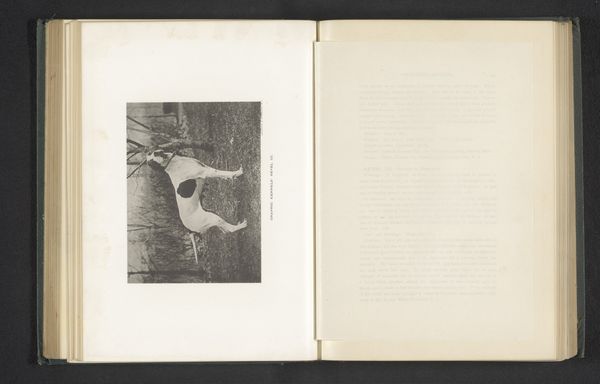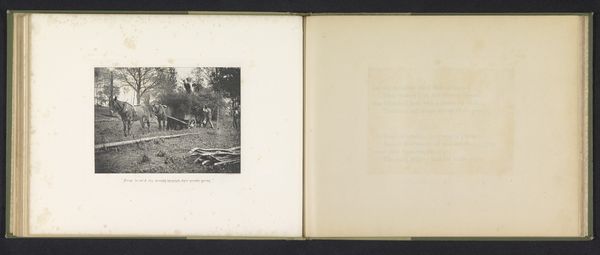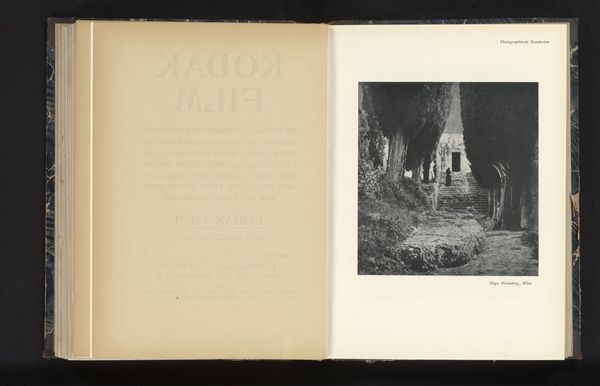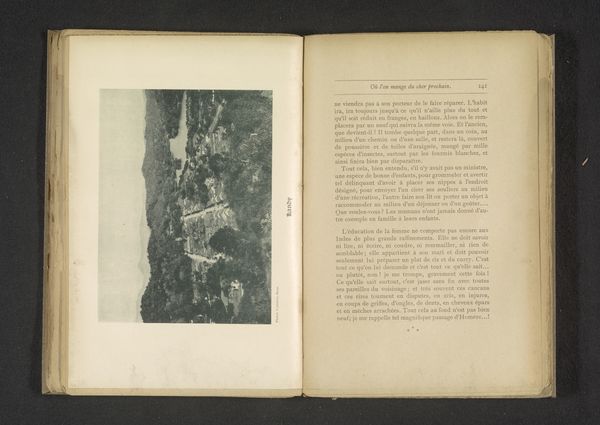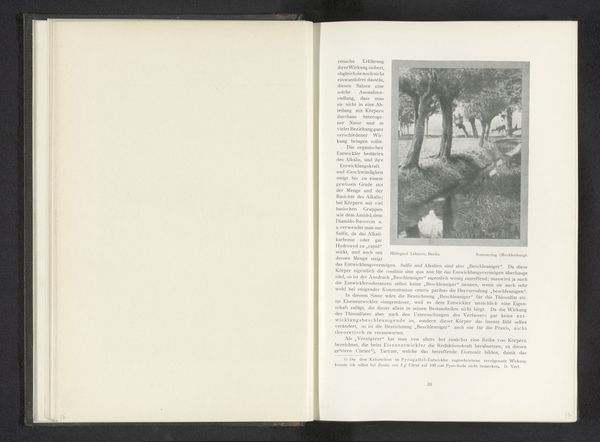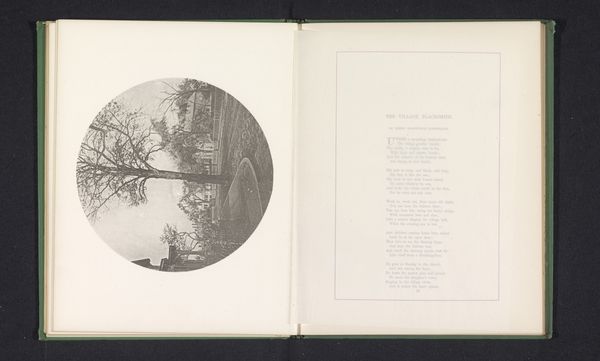
Gezicht op een aantal kinderen die bloot bij een sloot liggen en in de sloot spelen before 1902
0:00
0:00
Dimensions: height 170 mm, width 151 mm
Copyright: Rijks Museum: Open Domain
Curator: Here we have a gelatin-silver print taken by Franz Bertolini some time before 1902. It's entitled "Gezicht op een aantal kinderen die bloot bij een sloot liggen en in de sloot spelen," or, "View of a number of children lying naked by a ditch and playing in the ditch." Editor: My goodness, there is such a freedom captured here! You immediately feel a bit envious about a summer day long past and all the simple joys it had to offer. It almost aches. Curator: I find that interesting given the historical context. Consider how displays of nudity, especially of children, would have been read at the time, caught between innocence and burgeoning industrial moral anxieties. It’s not as straightforward as it looks to modern eyes. Editor: Perhaps it's that tension, even unconscious, that charges the photograph. There is something idyllic in the imagery itself – the lazy bank, the dappled shade, children at play – yet the stark, almost clinical, execution adds a layer of unease, of observation that distances us from simple joy. Curator: Yes, and it highlights the complex public perception of childhood during that period. Images like these, while seemingly candid, participated in broader discussions around hygiene, morality, and the idealization of the natural life against urban decay. There's a political dimension too: who has access to this idyllic freedom? Who is documented, and why? Editor: A gelatin-silver print, yes? Knowing the photographic process lends another dimension. Each pose, each shadowed detail meticulously rendered… it underlines the constructed nature of the image. It’s almost too perfect to be accidental. It transforms what we assume to be a genre painting into something meticulously framed, controlled, even. Curator: Precisely. The artistry isn't just in capturing a fleeting moment but also in crafting an ideal and influencing public sentiment about certain social groups. Photography as social engineering, if you will. Editor: Still, that summer haze persists. Knowing the complexities does not completely eradicate my initial response, though. Perhaps that says something, too, about my own projections. Curator: Art has a tendency to reflect back what we bring to it, doesn't it? Editor: Indeed. It is this interaction which ultimately brings the artwork to life, gives it meaning beyond intention.
Comments
No comments
Be the first to comment and join the conversation on the ultimate creative platform.
